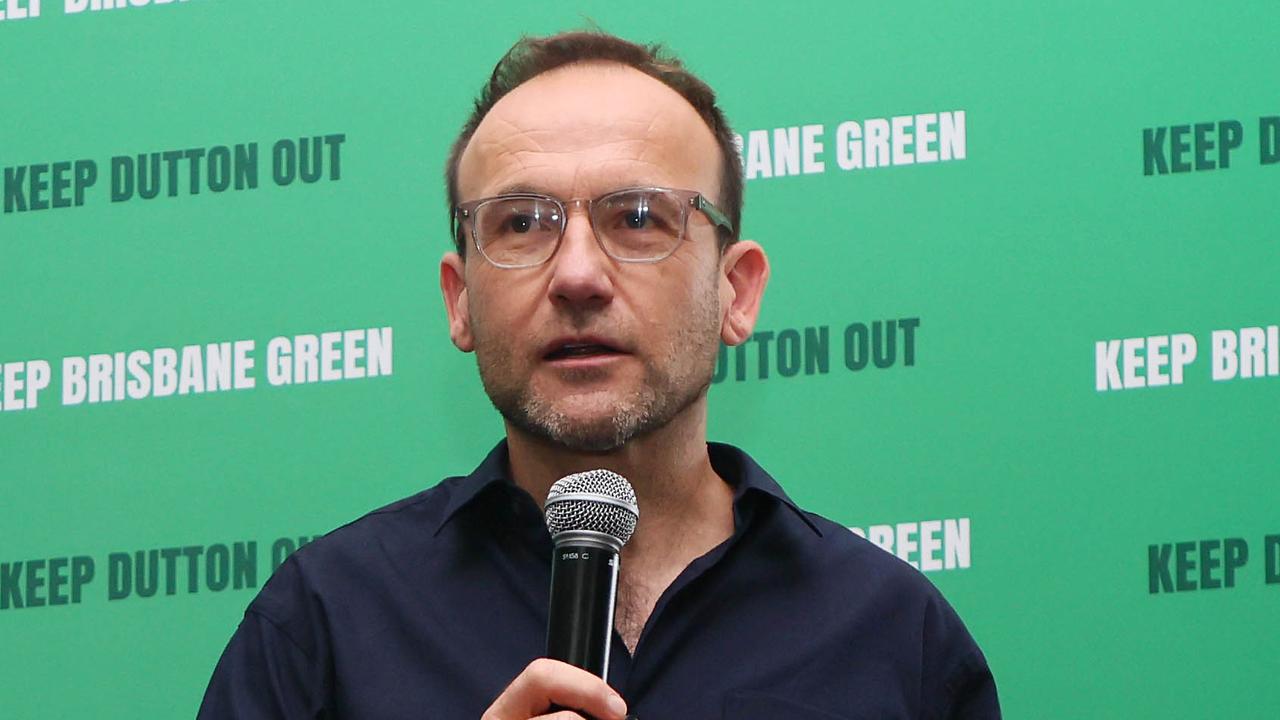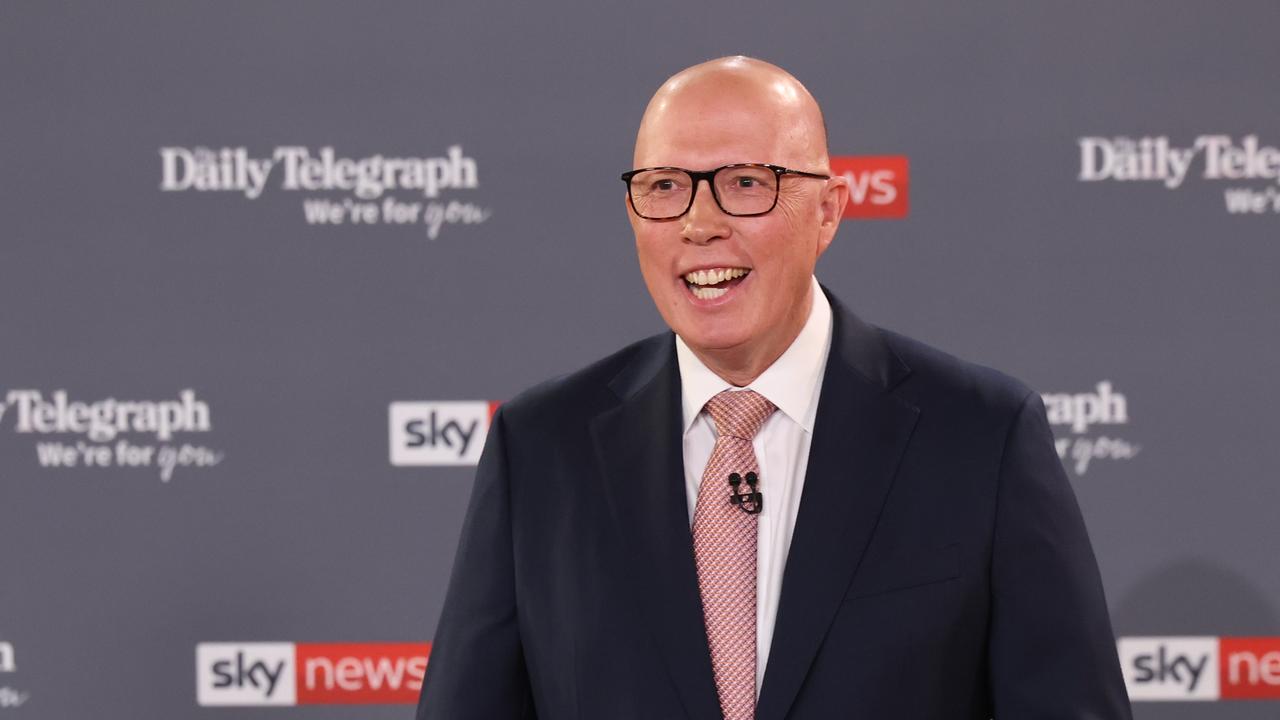‘Three crashes running simultaneously’: Real reason for stock market collapse
The stock market crash has caused global planic – and one expert has warned that “phase two” will be even more destructive.
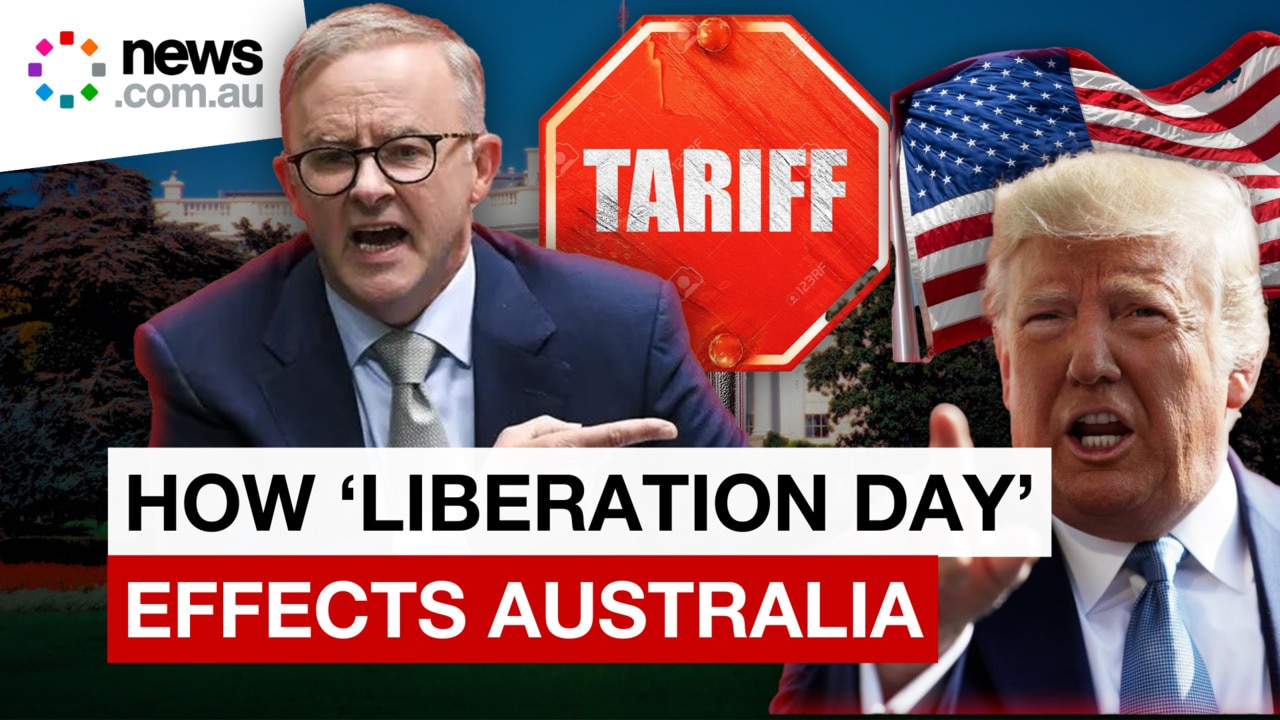
Business
Don't miss out on the headlines from Business. Followed categories will be added to My News.
I love the smell of a market crash in the morning.
It braces the senses like a thousand espressos mainlined into your brain.
The beauty of yesterday’s crash, which takes most major indices into bear market territory (-20 per cent), is that it is actually three combined crashes running simultaneously.
Bracing indeed.
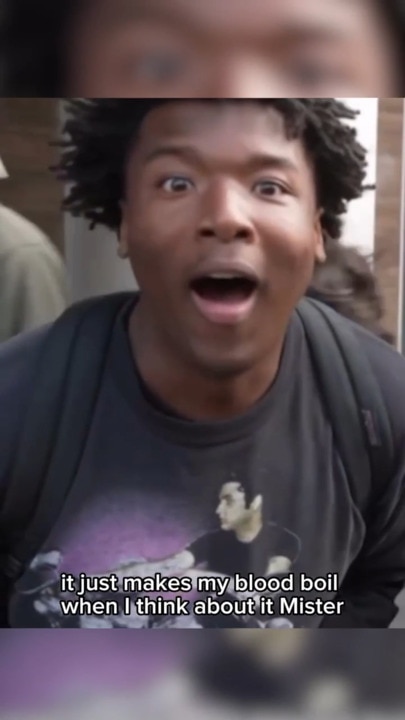
Crash one
Crash one is the end of the artificial intelligence (AI) bubble.
For the past two years, Wall Street has inflated the prospect of an imminent AI revolution to drive corporate margins and profits.
This led to incredible price performance in the ‘Magnificent 7’ US megacap technology stocks.
In turn, they became known as the “hyperscalers” in data centre capital expenditures (capex) to build out the hardware to support the AI revolution.
This bubble began to burst with the emergence of DeepSeek in China a few months ago.
DeepSeek was built on a much lower cost model and questioned the need for such aggressive data centre build out.
More recently, Microsoft has begun to scale that investment back, and the market has liked it doing so.
The other hyperscalers are going to follow in due course.
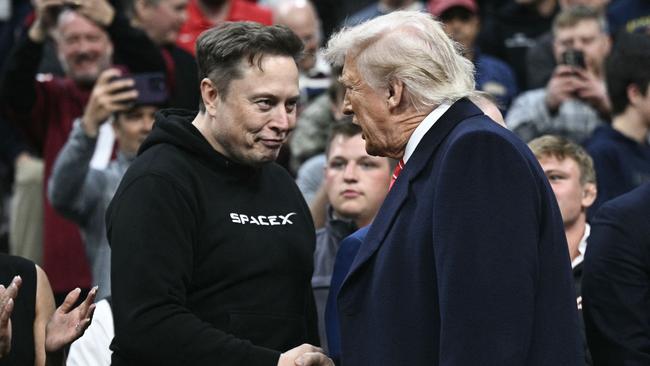
Crash two
The second crash was triggered by the victory of Donald Trump in the US election and the rise of his compatriot, Elon Musk.
Mr Musk and Treasury Secretary Scott Bessent have sworn to the US on much more solid fiscal policy footing.
This has not been done conservatively but via disruption and the Department of Economic Efficiency (DOGE).
Whether it succeeds in aiding the US deficit, what has most assuredly already done is crash Washington DC into recession with many spillovers into the private economy yet to be felt.
The Bessent Plan is for a hand-off of growth from the public sector to the private.
For that, he needs much lower interest rates, deregulation, tax cuts, and oil pumping.
Of these, falling interest rates and cheaper oil (though not via more barrels) are looking likely.
But part of the reluctance on the part of Team Trump to reverse course on tariffs is that it is trying to hit these targets.
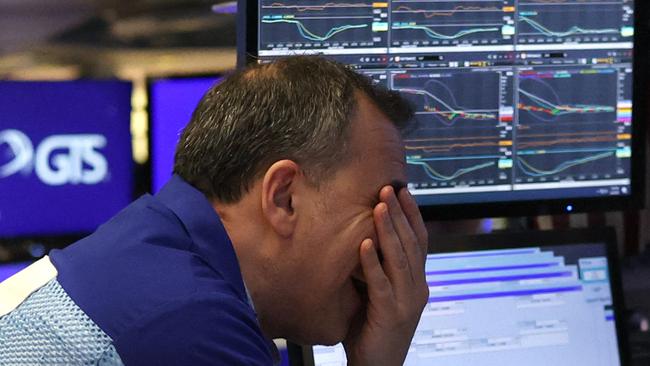
Crash three
The third and most destructive crash is the Trump tariff regime.
This is much more severe than most pundits reckoned on, especially for China, which has already retaliated.
Tariffs are an intrinsic growth headwind for most countries.
In the case of the United States, the tariffs will boost inflation by 1 per cent or more.
This is sidelining the central bank just as expensive markets fret about falling growth when, for years, they have been conditioned to see bad as good news because more monetary support would come.
Now, the equity market is facing life on its own in a hostile world, and it does not like what it sees.
Confidence in consumers, markets, and capital is in free fall.
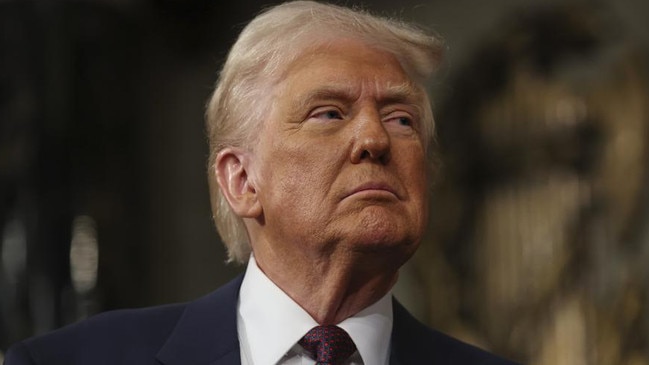
How does it end?
First, expect two-way volatility to explode in stock markets.
Bear markets like this are full of huge rallies. This one will be around news of tariff retaliation versus news of deals done with Mr Trump.
Second, don’t mistake the market for the economy. Big shocks come in two phases.
The first phase is the market shock that blows up equity, widens credit spreads, and resets currencies.
The second phase is the economic fallout from the first as the wealth effect cuts consumption, credit rationing makes it worse, and falling demand plus rising inventories drop capex.

Add severe policy uncertainty to this mix this time around as tariffs sideline central banks until enough economic harm is done to lift unemployment.
Markets spike when policy rescues arrive but then tend to double-dip when the economic damage becomes apparent and corporate earnings are slashed into the inventory cycle.
When it ends, Mr Trump will have had his revolution, but perhaps not the one he had in mind.
David Llewellyn-Smith is Chief Strategist at the MB Fund and MB Super. David is the founding publisher and editor of MacroBusiness and was the founding publisher and global economy editor of The Diplomat, the Asia Pacific’s leading geopolitics and economics portal. He is the co-author of The Great Crash of 2008 with Ross Garnaut and was the editor of the second Garnaut Climate Change Review.
Originally published as ‘Three crashes running simultaneously’: Real reason for stock market collapse



